Accurate Roof Takeoffs – Step 1: Gather Your Information
Replacing a residential roof requires careful planning and calculation of materials, costs, and labor requirements. The process of estimating materials and dimensions for a roof replacement is called a roof takeoff. A precise takeoff helps ensure that a contractor orders the correct amount and lengths of metal panel, trim, and accessories to manage project costs effectively.
In the previous article in this series we discussed why an accurate takeoff is important. Today, we dive into the steps of the takeoff process by uncovering the information you need to collect and questions you should ask before you start your estimation process.
What Information is Required
For any metal roof estimate and takeoff, it’s crucial to understand the specifications and requirements of the roof. Gathering initial information will help you account for all aspects of the project. Here are some details to consider and questions to ask your customer based on their house:

- Roof Type and Material: Different roofing materials (example: metal, asphalt, etc.) have unique requirements and installation considerations. Be sure to discuss with the homeowner how different materials may require different levels of installation expertise, which may come with a higher cost. Laying out these specifics ahead of time will ease the sales process later.
- Questions to consider might include:
- Budget and financing available – which may narrow the choices
- Desired look/feel they want for their roof – modern, architectural, new trends, etc.
- How long do they plan on living in their home – may be a factor in materials, warranties, and home valuation
- Selection of colors and textures
- Does the quote include the home and garage, any other buildings on the property, etc.
- Roof Complexity: Take note of design complexities, including valleys, dormers, and other architectural features that may require additional materials and labor. Your knowledge of metal roofing and how it integrates into these roof complexities will showcase to the customer that they have chosen the right contractor for the job.
- Pitch and Slope: The angle or pitch of the roof will affect the metal trim options and the installation techniques. Some things to consider might be an extreme slope that will be difficult to install with certain materials or a flat roof section that may eliminate the potential for some roof materials.
- Obstructions: Identify and record any chimneys, vents, skylights, or other obstructions. Each obstruction may require custom flashing or sealing, which should be accounted for in the material and labor costs.
- Questions to consider might include:
Information Collected – What’s Next?
Now that you have a better understanding for exactly what the customer has envisioned, and you have a first look at the roof and any complexities of the install, you can start your plan and move into the next step – measuring the roof. Over the next two articles, we will cover two different methods for measuring (manual and digital) and their pro’s and con’s. Until then, if you’d like to learn more about our products and services, please review the products section or contact us to be connected with a salesperson to get started.

